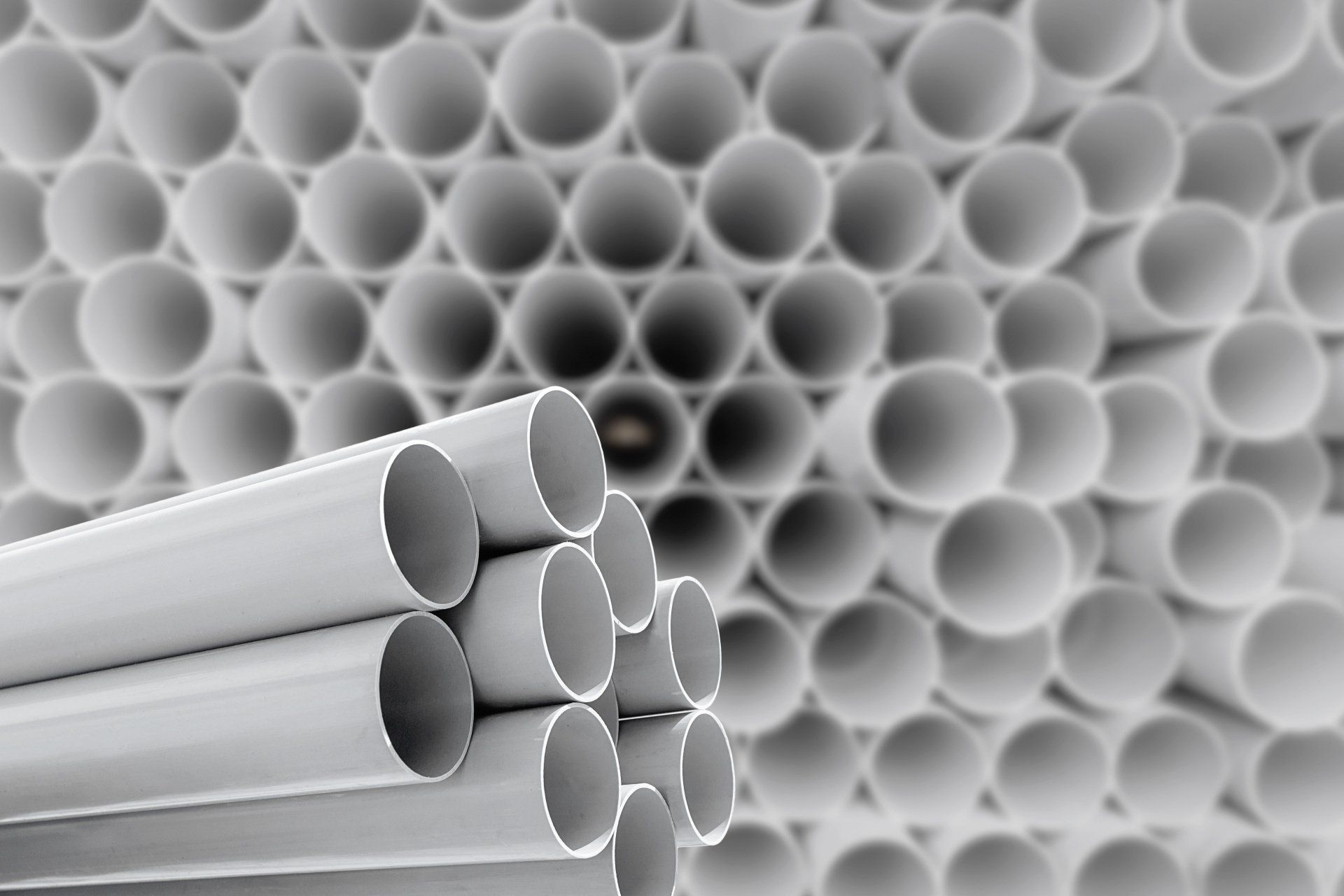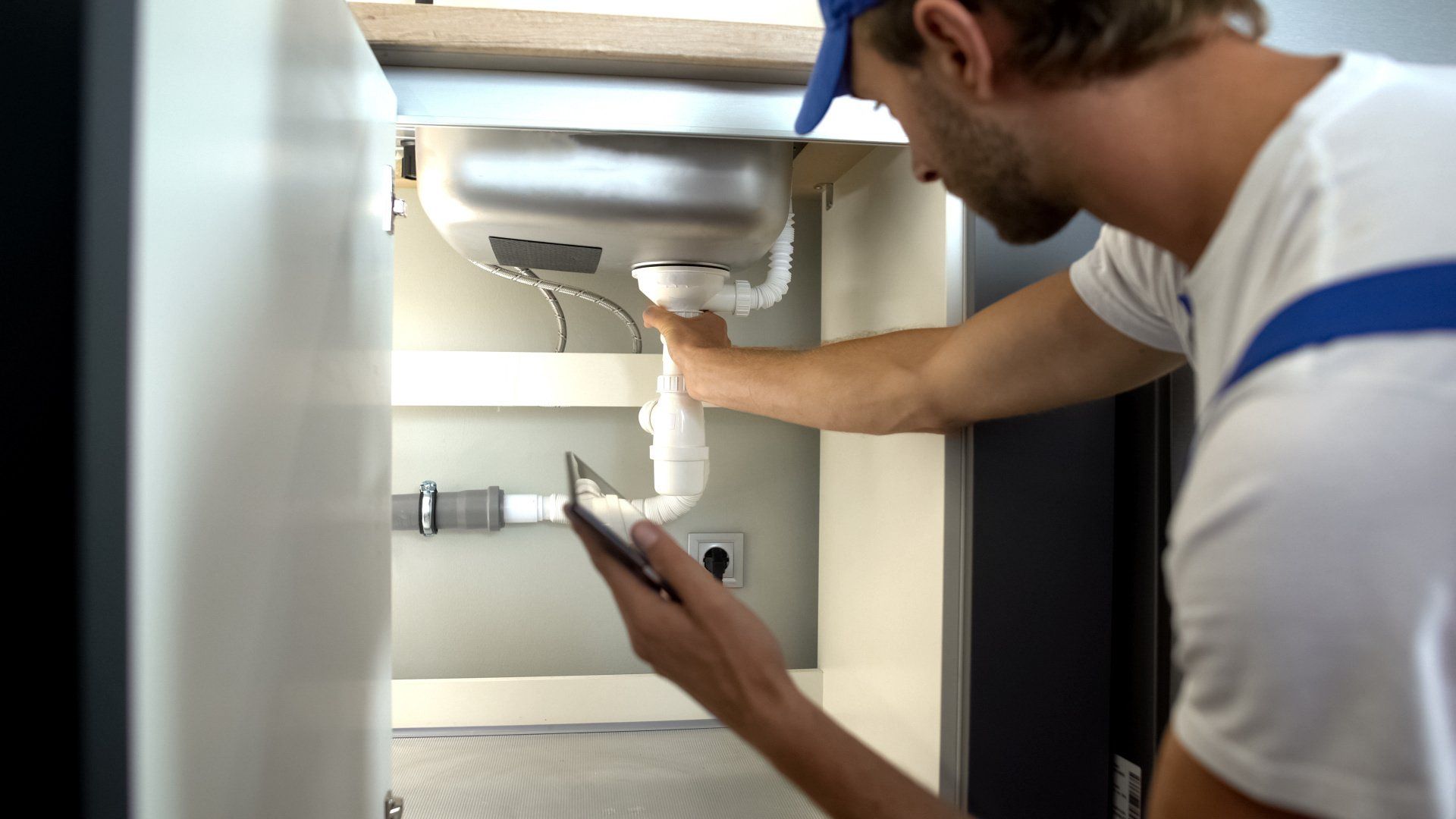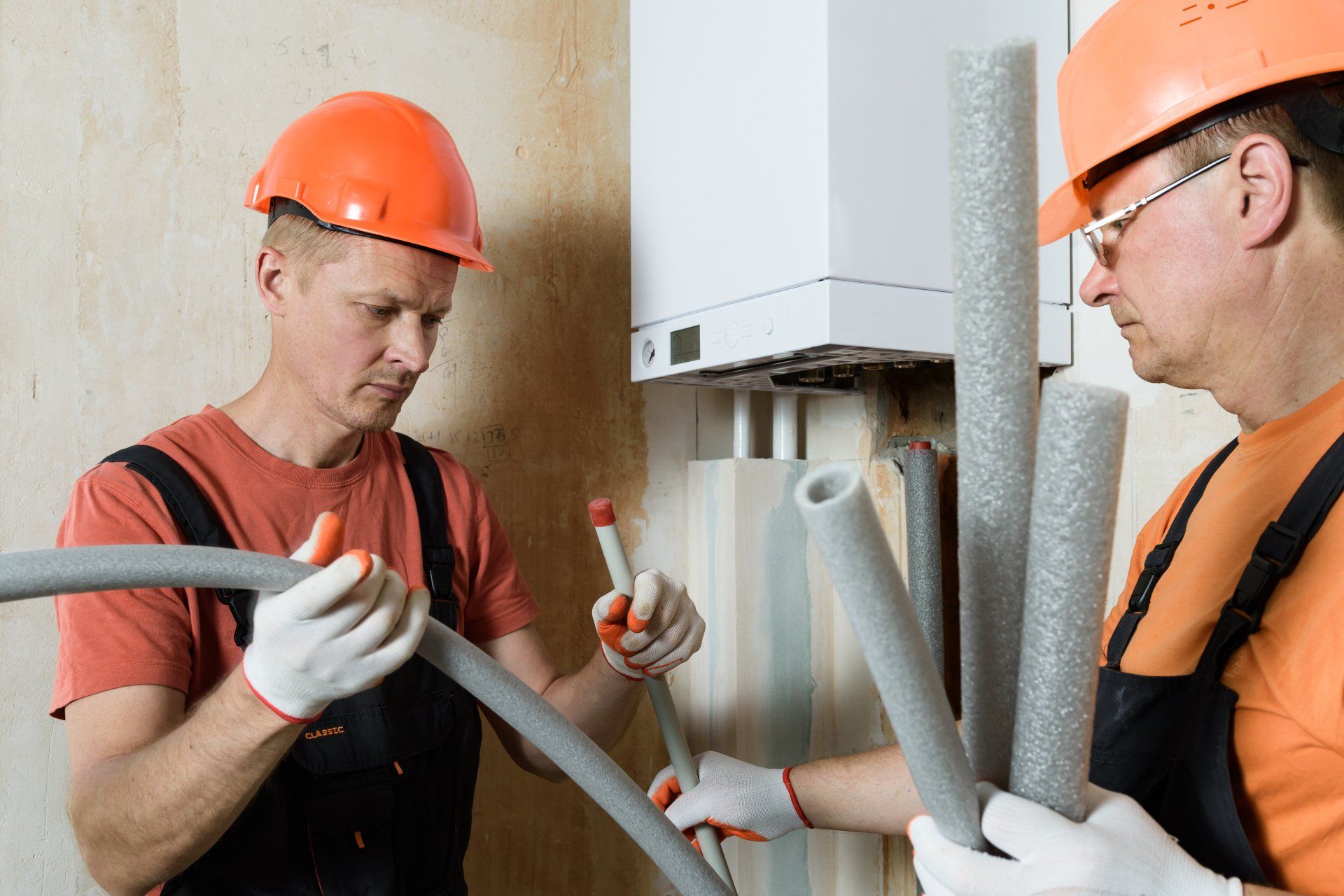Radon mitigation and inspection are made simple for you by Elite Radon Mitigation Omaha. We begin by conducting a complete study of your home's layout in order to create a proposal with placement alternatives based on the design and features of your home. We employ industry-leading materials and radon fans. Our knowledgeable and experienced installers know how to navigate basements, garages, closets, utility rooms, and attics to ensure that your house is left in excellent shape following installation.
- Give us a call now and let's talk more about your needs for radon mitigation. We would be happy to send you our proposal for the mitigation process.
- Once you receive and approved of the proposal, you can give us another call to book an appointment for your radon mitigation install.
- 4 Days after the installation, a radon test will take place, followed by setting to pick up the device afterwards.
MATERIALS OF HIGH QUALITY

We pride ourselves in providing a quality material for your radon installation needs. We have thick pipes to avoid leakage and unnecessary cracks.
HIGHER AND BETTER QUALITY RADON FANS

With us, we can assure you that we only use the best kind of radon fans in the market.
MOST ADVISABLE PLACEMENT FOR RADON INSTALLATION

Finding the best hiding places in your home to install and attached the pipes is our forte. We make sure that after we leave, the radon mitigation system is flawlessly installed!
System Types
DEPRESSION OF THE SUB-SLAB IN ACTIVE MODE
Available for interior and exterior spaces
If you live in a home with radon levels of 200 Bq/m3 or more, you should consider depressurizing the sub-slab with a radon mitigation system. An active sub-slab depressurization system works by venting the air through a pipe that enters the granular material beneath the foundation floor slab. In addition, it reduces radon levels by more than a third.
To be effective, an active sub-slab depressurization unit must be installed on each level of the building. A radon reduction system consists of a PVC pipe with a diameter of 100 mm (four inches). The pipe should extend above the foundation slab and be capped. For an effective radon mitigation system, it is essential to seal the joint between the PVC pipe and the foundation slab. For a more effective radon mitigation system, a longer pipe should be laid horizontally in coarse gravel.
If radon is an issue for you, a sub-slab suction system is the best way to reduce indoor levels. It reduces the risk of radon-induced health effects, and can be easily installed by homeowners with the right skills. However, it is important to know what the permeability level is under the slab before implementing any sub-slab mitigation system.
HOW TO DEPRESSURIZE AN ACTIVE DRAIN TILE?
Available for interior and exterior spaces
A Drain-Tile depressurization system is a system that collects soil gases and moves them through a mitigation system. The suction point is located inside the drain tile. The drain tile is also a waterproofing system, and it functions much the same way. A sump pump is attached to the vent pipe and routed through a concrete slab near the floor of the house. Radon is removed from the home with the help of this system.
The depressurization process involves installing a thick plastic sheet, often made of polyethylene, over the soil in the basement. The sheet is then sealed to the foundation walls, and a fan blows vapors from the drainage area outside. The purpose of depressurization is to reduce the levels of radon in the home.
However, if the drainage system only covers part of the perimeter of the basement, the process is less effective. For a more efficient radon reduction system, it should be installed in the entire loop around the foundation.
SUB-MEMBRANE DEPRESSURIZATION IN THE CRAWLSPACE
Available for interior and exterior spaces
Sub-membrane depressurization in the crawlspace is an excellent way to reduce the levels of radon in a building. The process involves constructing a vapor barrier to seal off the open space, and then installing a ventilation system to draw air out. However, the process may increase energy costs as the installation is typically located on a dirt floor.
When considering radon mitigation, it is important to consider several factors. The best way to mitigate radon in a home is to encapsulate the crawlspace. This prevents moisture from entering the house and can also reduce odor and mold. In addition, encapsulation of the crawlspace can lower radon levels, since it dilutes the gas.
The most effective mitigation method for radon reduction is sub-membrane depressurization. This technique leverages the crawlspace's membrane as the primary point of collection. The system is installed inside the crawlspace, and a fan mounted outside draws the gas from the crawlspace. Once the system is installed, the radon fan draws the gas out of the sealed space and into the air supply.
Certifications:


Navigation
Navigation
Services
Working hours
- Mon - Fri
- -
- Sat - Sun
- Closed
Copyright Elite Radon Mitigation Omaha | Proudly Powered by Snapps